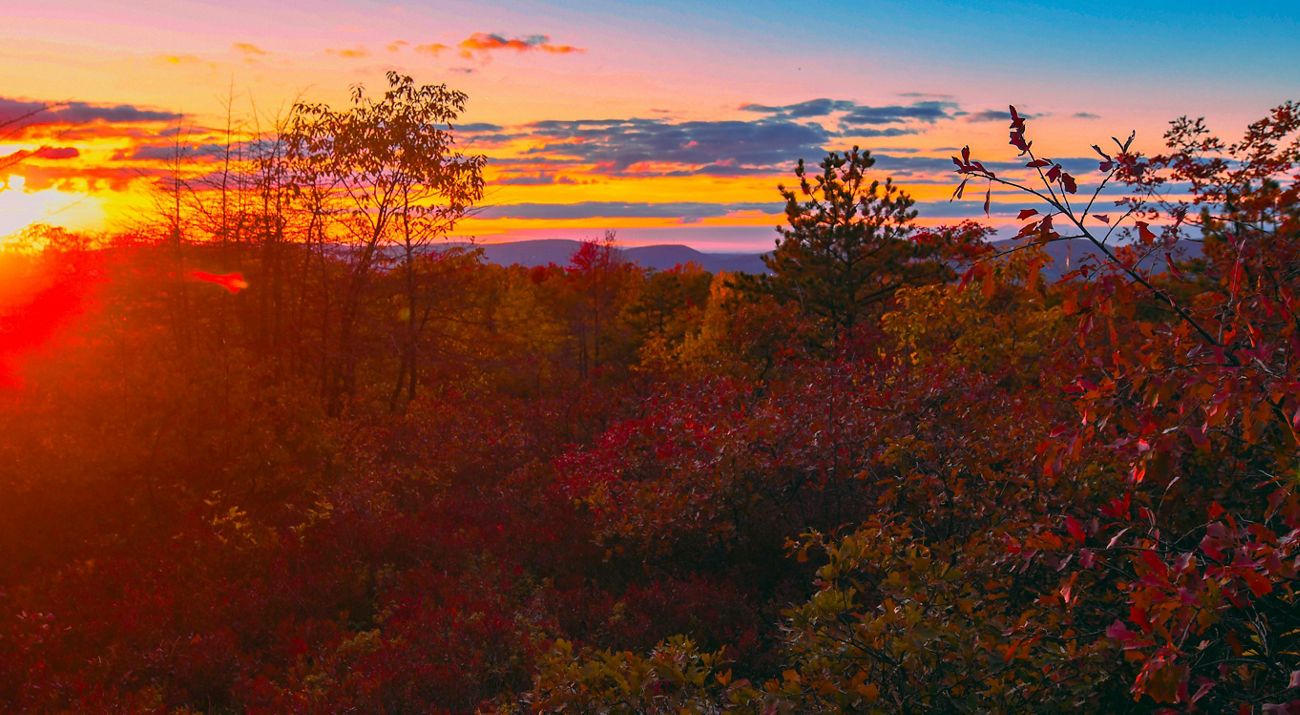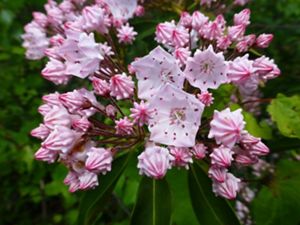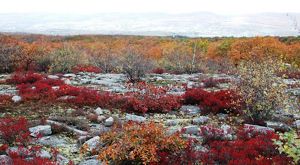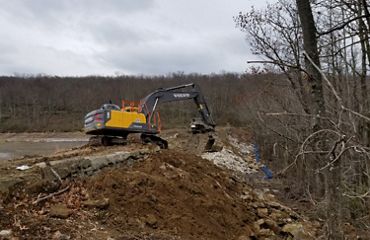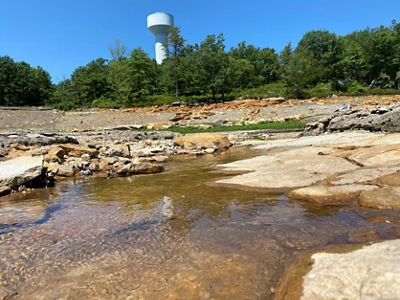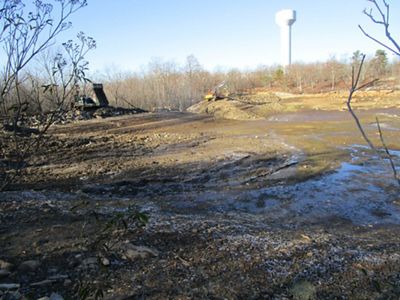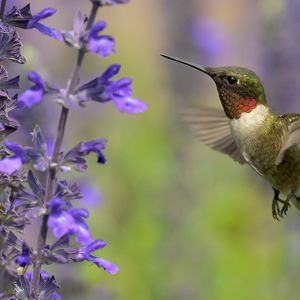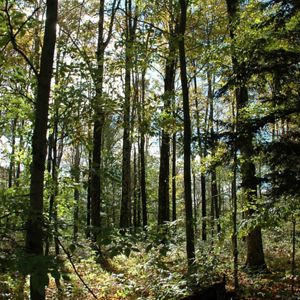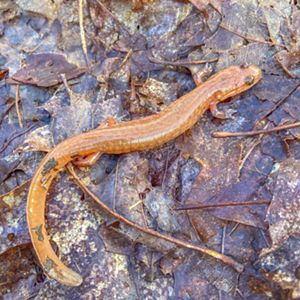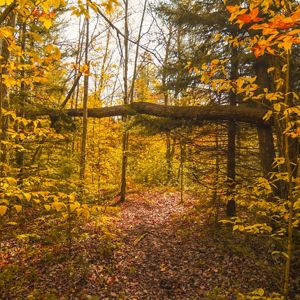Description
The Dick & Nancy Eales Preserve at Moosic Mountain provides sweeping views of Pennsylvania’s northeastern corner and represents one of the best locations in the northeastern U.S. for ridge-top heath barrens.
Contrary to its name, the Moosic Mountain “barrens” comprise a healthy mosaic of stunted pine and oak forest dominated by huckleberry, blueberry, rhodora and other low-lying shrubs that attract a broad array of birds, butterflies and moths—including the globally rare sallow moth and barrens buckmoth.
In 2001, TNC purchased 1,200 acres in the heart of Moosic Mountain that were slated for development, protecting sensitive mountaintop habitat and reducing impacts to water quality.
In 2009, TNC named the preserve after Dick and Nancy Eales, whose generosity has enabled us to continue to expand the preserve, which today encompasses about 2,250 acres, and to conduct the robust prescribed burning necessary to maintain the fire-dependent natural community.
